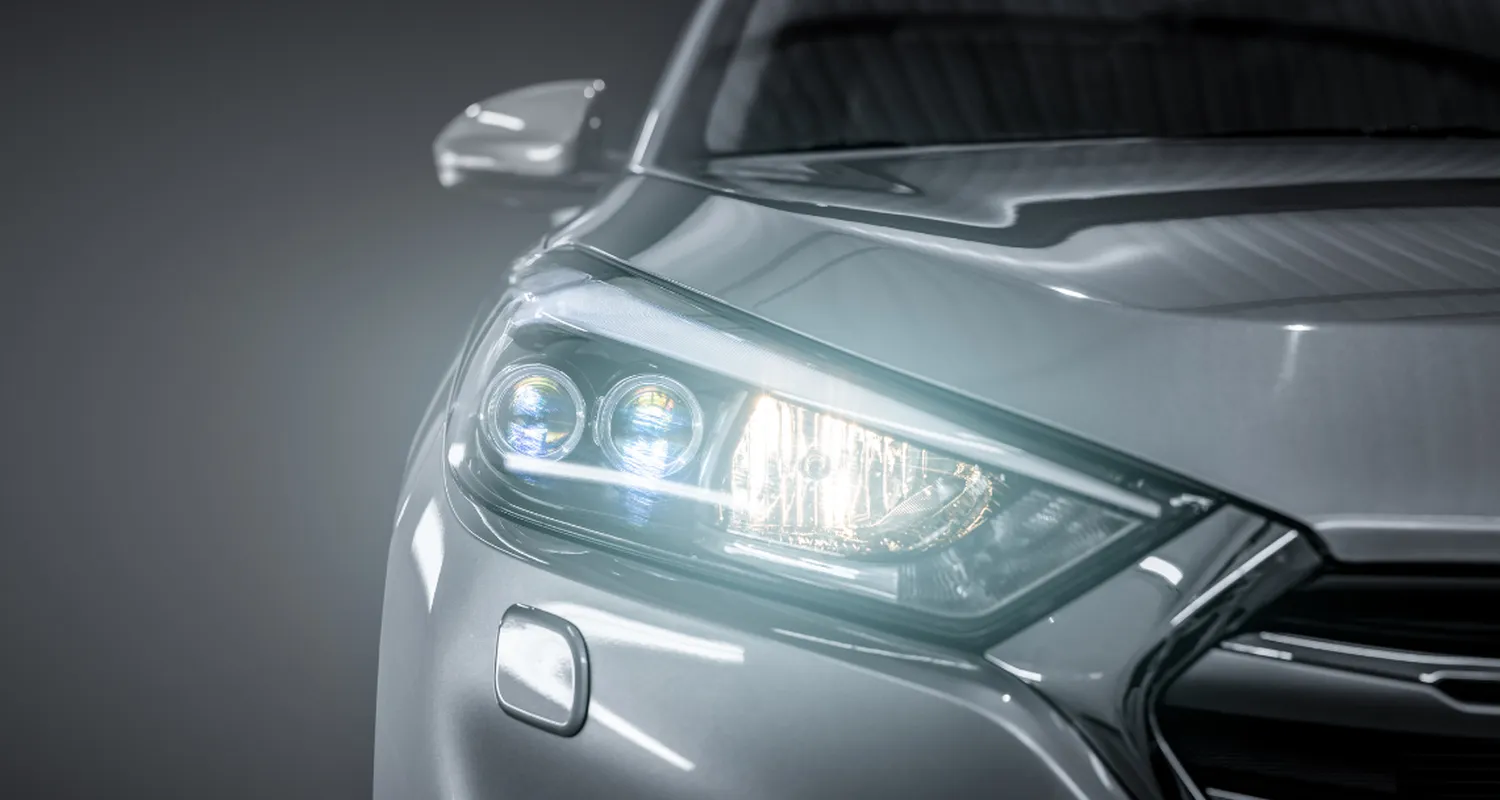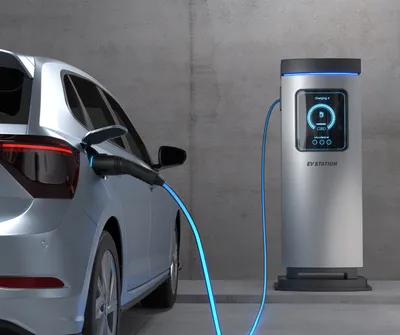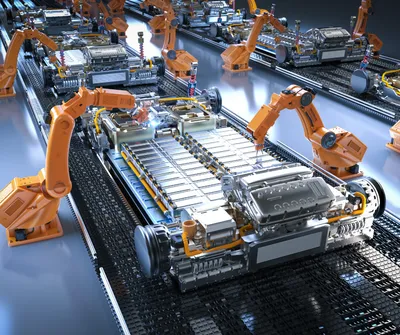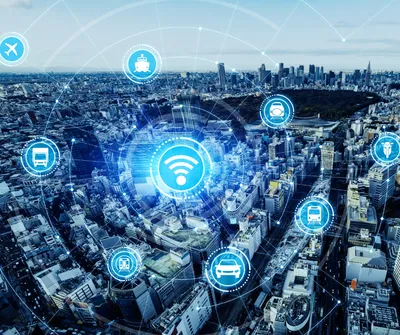Privatlivspræferencer
Vores hjemmeside bruger cookies og andre teknologier, som beskrevet i vores privatlivspolitik, til at indsamle data om din brug. Disse cookies hjælper med at personliggøre indhold og annoncer, give sociale mediefunktioner og analysere vores hjemmeside trafik. Vi bruger primært disse oplysninger til at forstå trafikmønstre. Derudover deler vi data om din brug af siden med vores sociale medier, reklame og analysepartnere.
Læs mere
Funktionelle cookies (nødvendige)
Altid aktive
Disse cookies er nødvendige for, at hjemmesiden fungerer korrekt. Disse nødvendige cookies muliggør grundlæggende funktioner som navigation på siden, og sikrer samtidig, at hjemmesiden er sikker og nem at bruge. Af denne grund er disse cookies obligatoriske, og deres brug kan ikke udelukkes. Nogle af disse cookies tilhører tredjeparter og bruges af YouTube, som leverer sine tjenester til vores virksomhed.
Analytiske cookies hjælper os med at forstå brugerinteraktioner med vores hjemmeside. De sporer detaljer som din placering, browsermønstre, præferencer og tid brugt på siden. Disse oplysninger hjælper med at forbedre din oplevelse på hjemmesiden. Disse cookies bidrager til effektiv drift af hjemmesiden og tilpasser indholdet til dine behov, baseret på anonym dataindsamling og rapportering. Dit udtrykkelige samtykke er nødvendigt for at aktivere disse cookies.
Marketing cookies sporer din aktivitet på vores hjemmeside for at levere indhold og annoncer, der er specielt tilpasset dine interesser, hvilket gør dem mere relevante og værdifulde for dig. Denne personlige tilgang muliggør mere effektiv reklame, som gavner både dig og tredjepartsannoncesørger. Vores hjemmeside bruger både kort- og langtids marketing cookies, hvoraf nogle leveres af tredjeparter som YouTube og Google LLC. Dit aktive samtykke er nødvendigt for at aktivere disse cookies.







